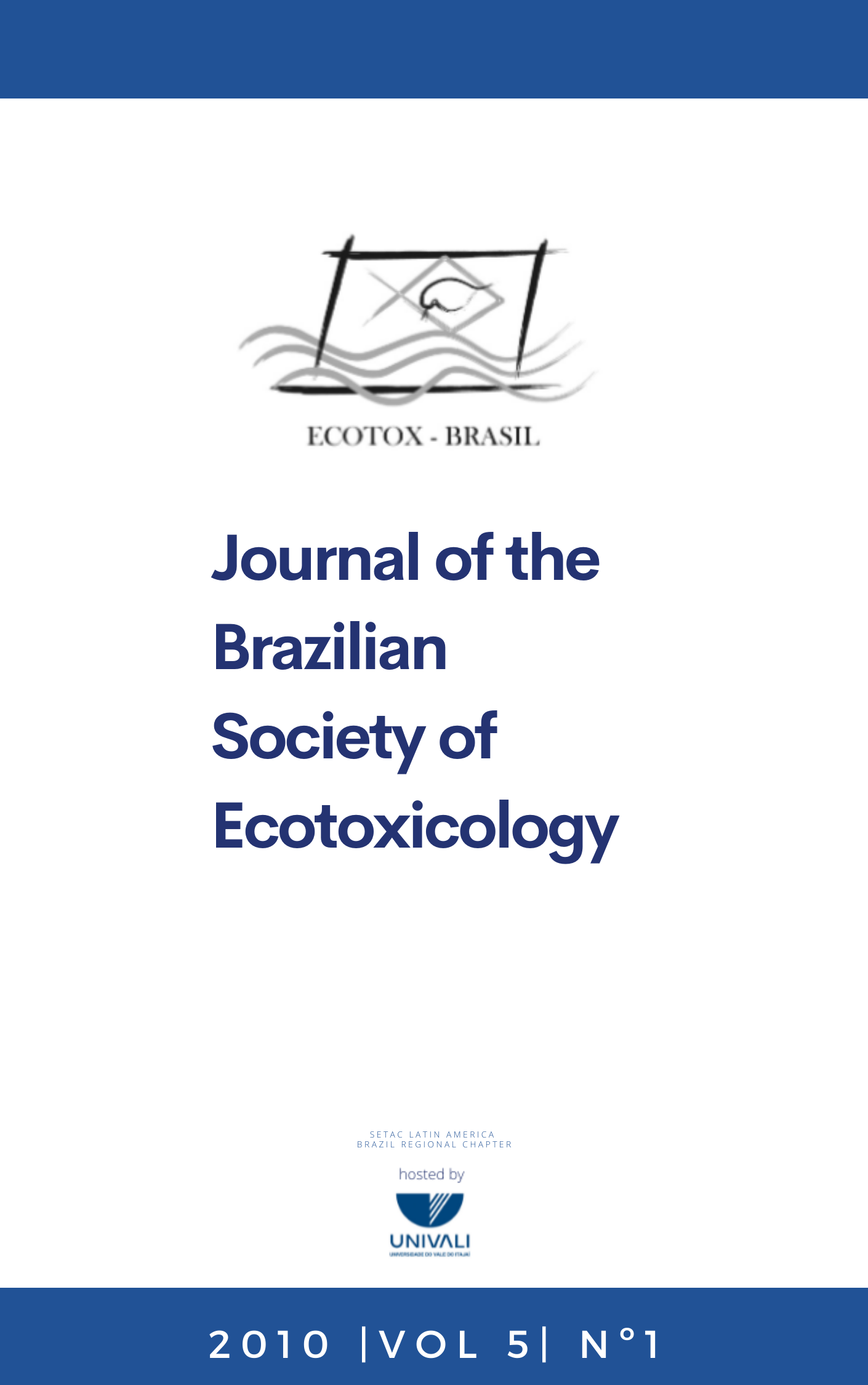Influence of Sacarose and Sodium Chloride in the Toxicity Evaluation of Environmental Samples Using V. Fischeri
Abstract
The acute toxicity assay using the marine bacteria Vibrio fischeri requires osmotic adjustment for testing samples with low salt content. Two kinds of compounds can be used for this purpose, sodium chloride (NaCl) or sucrose. It is known that this osmotic adjustment can cause changes in the toxicity for some substances like some metals and ammonia. The toxicity of 29 environmental samples that included raw waters, industrial effluents, sediments, solid wastes and foams deriving from polluted water bodies was evaluated using NaCl and sucrose, in parallel. The two methods of osmotic adjustment showed a good agreement in terms of the qualitative responses for all samples analyzed. Only for five samples, the CE50 values were lower in sucrose than in NaCl, in agreement with the results of zinc and ammonia. The results obtained for the environmental samples tested with both methods suggest that NaCl can be used routinely. Additional analysis with sucrose can be especially helpful when metals like zinc and ammonia are suspected to be the key toxicant in the samples.
Downloads
How to Cite
Issue
Section
License
Copyright © 2006 ECOTOX-Brasil
Copyright notice: It is a condition for publication that manuscripts submitted to this journal have not yet been published and will not be simultaneously submitted or published elsewhere. By submitting a manuscript, the authors agree that copyright for their article is transferred to the Sociedade Brasileira de Ecotoxicologia (ECOTOX-Brasil) if and when the article is accepted for publication. The copyright covers the exclusive rights to reproduce and distribute articles, including reprints, photographic reproductions or any other reproduction of a similar nature, including translations. No part of this publication may be reproduced, stored in a retrieval system or transmitted in any form or by any means, electronic, mechanical, photocopying, recording or otherwise, without permission of the publisher.
Notice: While every effort is made by the EEC, editors and editorial board to see that no inaccurate or misleading data, opinions or statements appear in this journal, they wish to make it clear that the contents of the articles and advertisements published herein are the sole responsibility of the contributors or advertisers concerned. Accordingly, the EEC, the editorial board and editors and their respective employees, officers and agents accept no responsibility or liability whatsoever for the consequences of any inaccurate or misleading data, opinion or statement.




